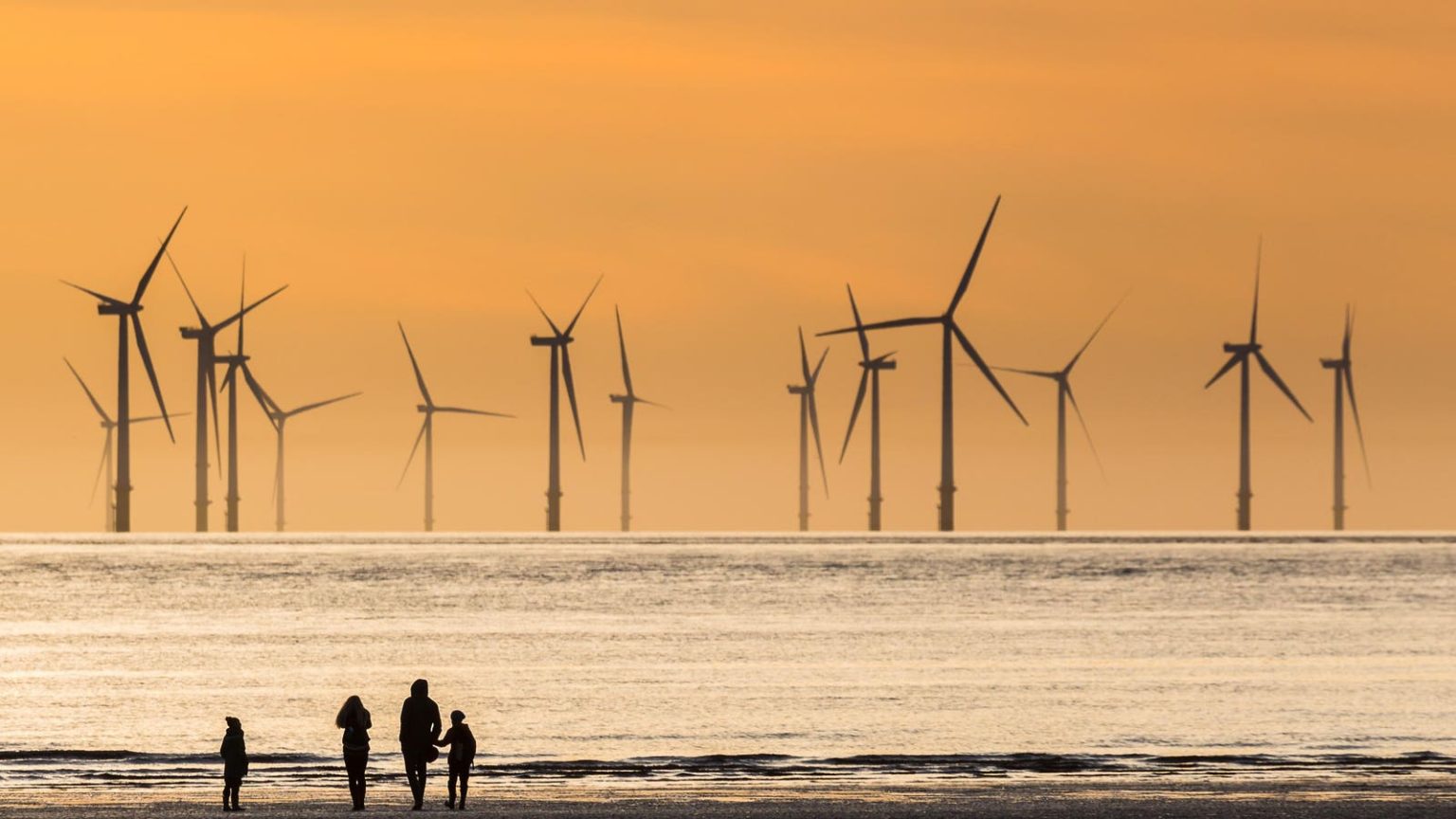Efforts to increase offshore wind farms have sparked debates in communities globally, with governments and policymakers supporting the transition to renewable energy while coastal residents express opposition due to environmental concerns. The opposition is based on grievances like whale deaths, disruption to bird migration patterns, and various other ecological repercussions. Research has highlighted three main ecological impacts of offshore wind development, including underwater noise levels, bird collisions, and electromagnetic fields emitted by underwater cables.
While pile driving during wind turbine construction can create dangerously high noise levels, sound levels are unlikely to be concerning once the turbines are operational. Floating windmill technology could potentially reduce underwater noise levels during construction significantly. Bird collisions are also a concern, with studies suggesting that selectively stopping turbines with high mortality rates can reduce avian fatalities. Weather radars may help determine when to turn windmills on and off to minimize disruptions to birds while maximizing energy production.
Electromagnetic fields emitted by underwater cables used to transmit energy back to shore can adversely impact various aquatic species. Mitigation techniques such as avoiding areas with high densities of affected species, burying cables deep, or covering them with rocks or concrete mattresses can help reduce these effects. Despite these dangers, offshore wind development may also have ecological benefits, such as acting as artificial reefs that support marine life and providing a sheltering effect on marine ecosystems by limiting shipping and fishing activity.
Countries like China, the United Kingdom, and Germany are leading in offshore wind farm production, with many more expected to come online in the next decade. The ability of the engineering and construction community to develop creative solutions to address the physical and ecological challenges of offshore wind development will likely determine the industry’s success. Despite the concerns raised by opponents of offshore wind farms, ongoing research and advancements in technology offer hope for mitigating environmental impacts and maximizing the benefits of renewable energy production from offshore wind.


